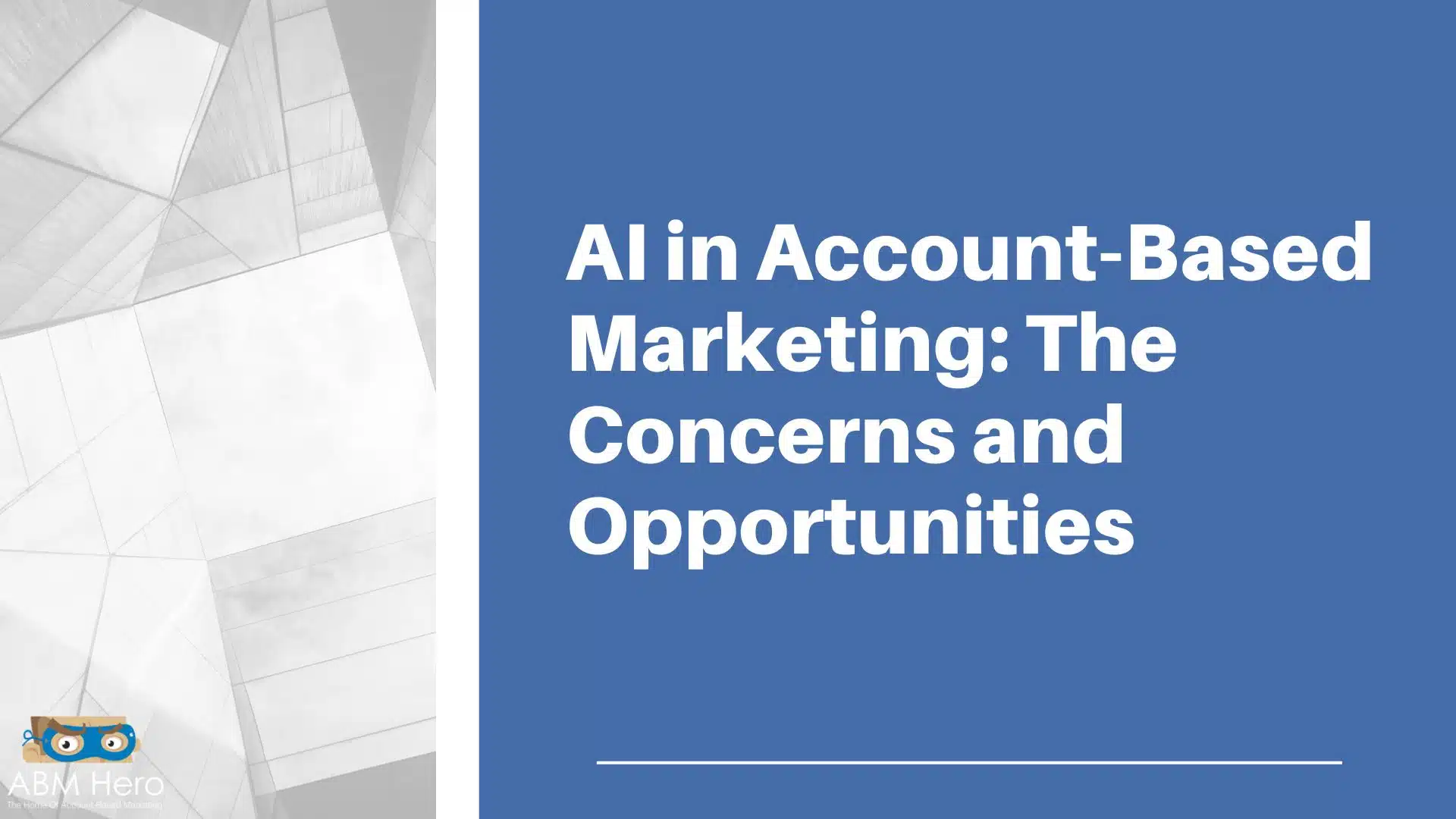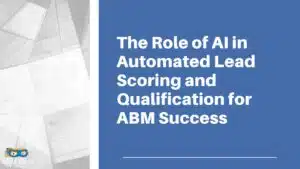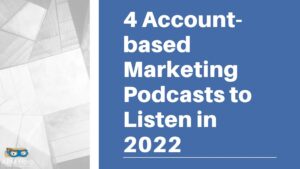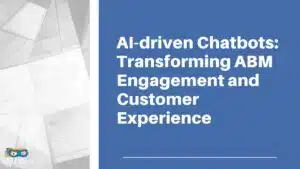In today’s fast-paced digital landscape, marketers constantly seek innovative ways to connect with their target audience and build lasting, meaningful relationships.
A new player has entered the scene, promising to revolutionize the way we do ABM: Artificial Intelligence (AI).
Its ability to analyze massive datasets, extract valuable insights, and automate various marketing processes has garnered both admiration and skepticism from marketers and industry experts alike.
Critics argue that AI’s advent could spell the end of traditional ABM as we know it, paving the way for a complete disruption in the way businesses approach their most prized clients. Is it true?
In this blog, we will delve into the very heart of AI-driven ABM, unraveling the promises and perils it presents for modern businesses.
We’ll explore the challenges and pitfalls that could ruin ABM if misused or misunderstood but also shine a light on the opportunities that arise when AI and ABM are thoughtfully integrated.
The Primary Worries When AI Takes Over ABM
With the way account-based marketers are geared towards a more personalized and data-driven approach to marketing, the benefits of having it integrated into their workflow outweigh the risks that come along with it.
However, some worries are valid and must be addressed. Let’s take a quick look at it.
Losing personalization and the human touch: Decision-makers are worried that it will automate the ABM process too much, leading to less personalized and more generic interactions with potential customers. They also worry that they will need help understanding human behavior’s nuances, which could lead to missed opportunities.
Uncertainty about its capabilities and potential limitations: Decision-makers are still determining how well it will be able to perform ABM tasks. They are also worried about its possible rules, such as its ability to understand complex data sets or make decisions that align with the company’s goals.
Fear of data security and privacy issues: Decision-makers are concerned about the safety of their data when AI-powered marketing campaigns use it. They are also worried about its potential to be used to violate customer privacy.
Skepticism about its understanding of complex human behaviors: Decision-makers are skeptical about its ability to understand complex human behaviors. They worry that they will need help understanding the nuances of human decision-making, which could lead to ineffective marketing campaigns.
Potential job displacement for human marketers: Decision-makers are worried that AI will lead to job displacement for human marketers. They are concerned that it will automate many of the tasks currently performed by human marketers, such as lead generation and nurturing.
Over-reliance on Automation
AI can automate various aspects of ABM, such as lead scoring, content personalization, and outreach.
While automation can be efficient, relying too heavily on AI without human oversight can lead to impersonal and generic interactions with potential customers, damaging the relationship-building aspect of ABM.
AI undoubtedly offers valuable insights and enhanced efficiency, placing sole reliance on automation without human eye can lead to several adverse consequences:
Impersonal interactions: When marketing campaigns are entirely automated, the level of personalization and customization may suffer. ABM thrives on tailored communication with individual accounts, and automated messages can come across as generic and lacking the human touch, which can alienate potential customers.
Missed nuances: AI algorithms, while powerful, may not capture all the nuances of complex buyer journeys and account dynamics. Human marketers can better understand the subtleties of individual accounts and adapt strategies accordingly, which is crucial for ABM success.
Inaccurate decision-making: It relies on the data it is trained on, and if the data is biased or inaccurate, it can lead to flawed decision-making. Over-automation may lead to blindly trusting AI recommendations without verifying their accuracy, potentially making misguided choices.
Limited creativity and innovation: AI excels at analyzing historical data to make predictions based on patterns, but it may need to be more adept at identifying unconventional opportunities or thinking outside the box. Human marketers bring creativity and innovative thinking that can drive breakthroughs in ABM strategies.
Example:
Let’s consider a hypothetical scenario in which a tech company implements ABM to target high-value enterprise accounts. The company decided to rely heavily on automation for all aspects of its ABM efforts, from lead scoring to personalized content delivery and outreach.
Initially, the AI performs well, effectively identifying accounts with high conversion potential based on historical data.
Automated content distribution also leads to increased engagement with prospects. However, as the campaign progresses, the company starts noticing a decline in response rates and a need for conversions.
Upon further investigation, they realize that the AI-generated content needs more context and personalization for individual accounts.
Though well-optimized for broader segments, the messaging needs to resonate on a deeper level with key decision-makers in the targeted companies. The automated outreach needs a more personal touch to build genuine relationships with prospects.
In this case, the overreliance on advanced automation led to missed opportunities for building stronger connections with the target accounts.
Human intervention in crafting personalized and contextually relevant messages could have helped the success of the ABM campaign.
By not balancing automation with human expertise, the company missed the chance to nurture critical relationships and failed to achieve the desired outcomes from its ABM strategy.
It’s essential to recognize that it is a valuable tool that can significantly enhance ABM efforts when used in harmony with human insights.
The key is to strike the right balance, allowing it to augment human capabilities rather than replace them entirely. Human marketers bring empathy, creativity, and the ability to adapt to nuanced situations, all crucial elements for a successful ABM campaign.
Lack of Personalization
This innovation can analyze large amounts of data to create customer profiles and segmentation, but if not correctly implemented, it may fail to capture the nuances of individual accounts.
ABM relies on personalized communication; if the content lacks the necessary personal touch, it can be detrimental to the overall strategy.
Outsourcing prompts to ChatGPT and others in running ABM campaigns can become problematic when it leads to a significant loss of personalization and human touch in interactions with target accounts.
Personalization is a cornerstone of successful ABM, allowing marketers to build authentic relationships with key decision-makers. When AI takes over all prompts and interactions without proper oversight, several issues may arise:
Inaccurate tone and language: prompts might need to reflect the brand voice and personality of the company accurately. Human marketers understand the brand identity and can tailor the tone and language to align with the company’s values and style, fostering a more robust brand perception.
Insensitivity to timing and context: It might not be sensitive to real-time events or industry trends, which can impact the relevance of messaging. Human marketers can adapt prompts based on current events, ensuring timely and appropriate communications.
Missed opportunities for creativity: prompts may follow predictable patterns and need more creative flair. Human marketers can inject innovative ideas and novel approaches into their messaging, making interactions more memorable and impactful.
Limited adaptability to account-specific situations: It may need help to adapt to unique account situations that don’t fit within pre-defined patterns. In contrast, human marketers can understand the nuances of individual accounts and modify prompts accordingly, ensuring a more personalized and practical approach.
Ways to Avoid Robotic ABM Strategies
To avoid these problems, it’s essential to balance advanced automation and human intervention. Here are some best practices to follow:
Use AI as a support tool: Leverage Artificial Intelligence to analyze data, identify patterns, and generate insights to inform your ABM strategy. However, make sure human marketers review and customize prompts before deployment.
Incorporate human creativity and expertise: Human marketers can infuse creativity and innovation into ABM campaigns. Encourage them to contribute unique ideas, craft personalized messages, and respond to dynamic account situations.
Implement human oversight: Put processes in place to review and approve AI-generated prompts before they are sent to target accounts. This ensures that the content aligns with the company’s values and meets the specific needs of each account.
Continuously refine the model: Regularly evaluate the performance of prompts and use the feedback to fine-tune the model. This iterative process can lead to better outcomes and improved personalization over time.
AI itself does not inherently ruin account-based marketing (ABM).
It can be a powerful tool that enhances and optimizes ABM efforts. However, certain misuses or challenges associated with its implementation in ABM can have adverse effects.

